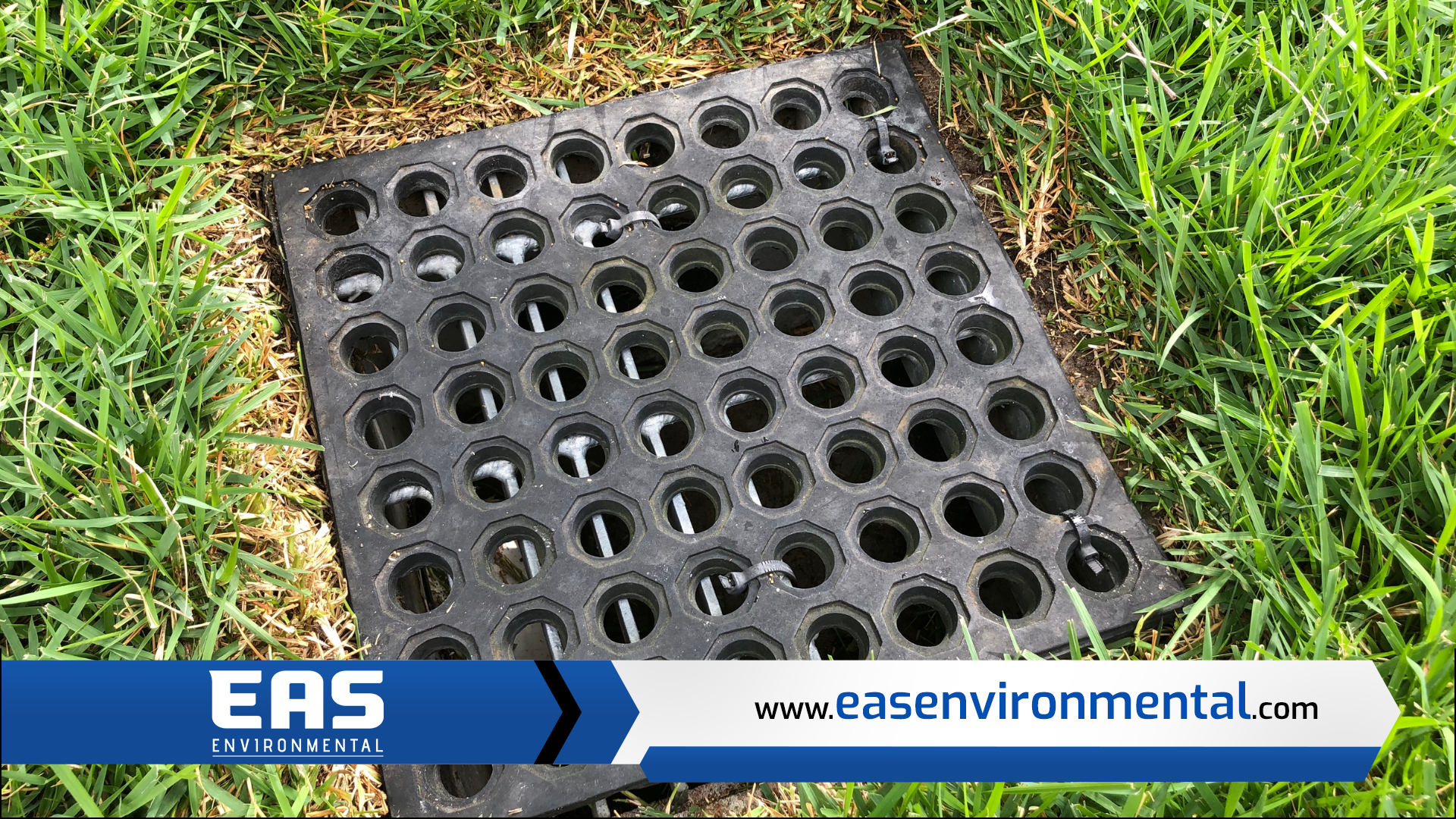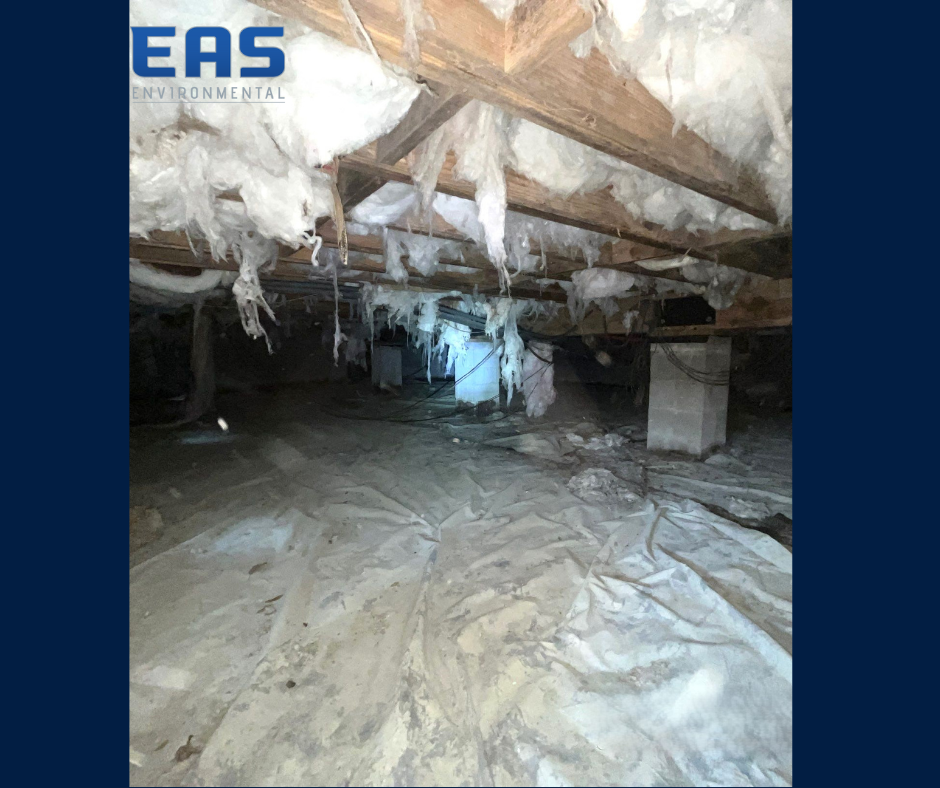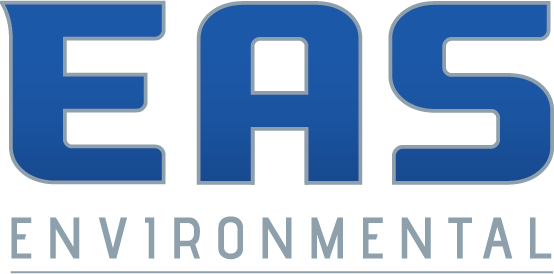
A French drain is a cheap and practical way to divert water away from your house and guard against moisture damage. We'll walk you through the process of installing a French drain in this article, from picking the ideal location to adding the finishing touches.
Additionally, we'll discuss typical problems that could occur during or after installation and offer advice for resolving them. You can make sure that your French drain is placed correctly and that it efficiently shields your home from water-related problems by following the instructions provided in this tutorial.
Benefits of Installing a French Drain
There are various advantages to installing a French drain in your crawl space:
Reduces moisture
A French drain assists in lowering the moisture content in your crawl area by diverting extra water away from your home. This can stop the development of mold and mildew, which can damage your property and be dangerous to your health.
Prevents foundation damage
Your foundation may also be harmed by water in your crawl space. By diverting water away from the foundation and keeping it from accumulating around the base of your property, a French drain can aid in preventing this damage.
Protect against flooding
A French drain can shield your property from flooding by diverting water away from your crawl space if you reside in a flood-prone area.
Increase in home value
You can raise the value of your house by taking care of water problems and avoiding moisture damage.
Qualifications of a French Drain Installation Professional
There are a few qualifications you should look for in a professional before hiring them to install a French drain in your crawl space:
- Experience: Hire a contractor with knowledge of French drain installation. This will guarantee that they are knowledgeable about the procedure and capable of producing high-quality work.
- Licensing and insurance: Verify the contractor's insurance and license status. In the event of any mishaps or damage during the installation procedure, this will cover you.
- Good reputation: Choose a contractor with a solid reputation in the neighborhood. To learn more about the track record of the contractor, you might examine internet reviews or ask for references.
- Attention to detail: Pick a contractor who is meticulous and takes the time to complete the task correctly. This will guarantee the drain's proper installation and efficient operation.
Common Issues When Installing a French Drain
The following are some typical problems that may occur when installing a French drain:
- Poor location: The drain may not be able to successfully move water away from the place you are attempting to protect if it is not installed in the proper location.
- Improper trenching: The drain might not work effectively if the trench is not adequately dug. This can involve problems with the trench being too shallow, too narrow, or improperly graded, among other things.
- Clogged drain: Over time, the drain may fill up with debris, obstructing the flow of water and decreasing the efficiency of the drain.
- Leaks: The drain pipe may develop leaks if it is not correctly sealed, which could lead to moisture damage by allowing water to escape.
You may reduce the likelihood that these problems will arise by using proper installation procedures and performing routine inspections and maintenance on the drain. It's critical to fix any issues with your French drain as soon as you can in order to stop future harm.
Common Causes of French Drain Issues
- Poor location: If you see that the drain is not successfully diverting water away from the area you are attempting to protect, think about if the drain's placement might be a factor. Make sure the drain is installed in a location where water is likely to collect or enter your property and that it flows downhill.
- Improper trenching: If you observe that the drain is not working properly, examine sure the trench was dug appropriately. Make sure the trench is large enough to hold the gravel and drain pipe, which should be 18 inches deep and 12 inches wide. Additionally, make sure the trench is graded adequately to promote water flow.
- Clogged drain: Try using a drain snake to clear the obstruction if the drain becomes blocked with debris. You might also need to remove any gravel that the obstruction may have dislodged.
- Leaks: If you find that the drain is dripping, look for any cracks or holes in the pipe. If you find any, fix them using a kit or replace the pipe's broken part.
These troubleshooting guidelines can help you fix typical French drain problems and make sure they don't recur. Consider seeking out professional advice if the problem continues or you are unable to fix it.
Facts On Crawl Space French Dain
- French drains installed in crawl spaces are intended to collect water and divert it from a building's foundation.
- In order to install a French drain in a crawl space, a trench must be dug all the way around it.
- Both the depth and width of the trench should be at least 8 inches.
- The bottom of the trench should be covered with a layer of gravel.
- The gravel ought to be covered with a perforated pipe.
- A sump pump needs to be connected to the pipe.
- A discharge pipe needs to be attached to the sump pump.
- It is best to point the discharge line away from the home.
- Gravel and soil should be used to fill the trench.
- A qualified expert should install a French drain in a crawl space in North Charleston, SC.
Frequently Asked Questions on French Drain Installation
What is a French drain?
A French drain is used to move water away from a specific region in order to prevent water damage. It is made out of a perforated pipe that is covered in gravel and buried in a trench. The gravel aids in removing debris while the pipe is made to allow water to flow through it. Following that, the water is channeled to a location where it can drain away from the property. In order to deal with concerns with excess water in basements, crawl spaces, and around foundations, French drains are frequently used. They are a cheap yet efficient way to stop moisture damage and safeguard your house from problems brought on by water.
How deep does the French drain need to be?
A trench that is about 18 inches deep should be used to install a French drain. This depth guarantees that the drain pipe is deep enough to properly divert water away from the area and permits adequate drainage. To make sure the drain works effectively, it's crucial to adhere to the required depth. If the drain is too deep, it can be more challenging to access if any problems develop, and it might not be able to adequately redirect water if it is not deep enough.
How wide does the French drain need to be?
A trench that is roughly 12 inches broad should be used to install a French drain. This width guarantees adequate space for the drain pipe and gravel as well as proper drainage. To make sure the drain works effectively, it's crucial to adhere to the recommended width. If the drain is too wide, it could be more challenging to backfill the trench and anchor the drain in place. If the drain is too narrow, it might not be able to adequately divert water.
How long does the French drain need to be?
The requirements of your project specifically will determine the length of the French drain. The drain needs to be long enough to divert water away from the location you are wanting to keep dry, like the home's foundation or a crawl space. The amount of the area you are trying to preserve and the slope of your property will both affect how long the drain should be. In order to successfully move water away from your home, it is crucial to carefully calculate the length of the drain.
What is the cost of a crawl space French drain installation in North Charleston, SC?
A variety of variables, such as the size of the crawl space, the materials utilized, and the intricacy of the project, might affect the price of installing a French drain in a crawl space in North Charleston, SC. The slope of your land, the length of the water's new path, and any additional work that might be necessary, like strengthening the foundation, can all have an impact on the cost. Without more details about your particular project, it is challenging to generate a precise pricing estimate. To better understand the price of installing a French drain in your crawl space, it is necessary to speak with a professional or obtain several bids.
What are the potential problems that can occur during or after crawl space french drain installation in North Charleston, SC?
Clogged drains, water pooling, foundation damage, and leaks are a few potential issues that could arise during or after the installation of a French drain in a crawl space in North Charleston, SC. It's critical to use the right installation methods and to routinely inspect and repair the drain in order to reduce the likelihood of these problems. It's critical to fix any issues with your French drain right once in order to limit any harm.
Where do you want the water to go?
A region is protected from water damage by a French drain, which directs water away from it. The end result is to guide the water to a location where it may drain away from the building without causing any harm. This could entail rerouting the water to an established drainage location, such a gutter or a storm drain, or it could entail rerouting the water to a dry well or another kind of infiltration system. The precise place to which the water is directed will be determined by the project's unique requirements and the property's configuration. The primary goal is to divert water away from the protected region, such as a home's foundation or a crawl space.
Contact EAS Environmental Today!
EAS Environmental will do everything we can to ensure your experience with us is excellent.
Request A FREE Estimate
Request a Free Estimate Form
Checkout Recent Post



Got a Question? We’re Here to Help.
You can arrange an appointment or make an enquiry by phone or email, orget in touch to us via our contact form.


